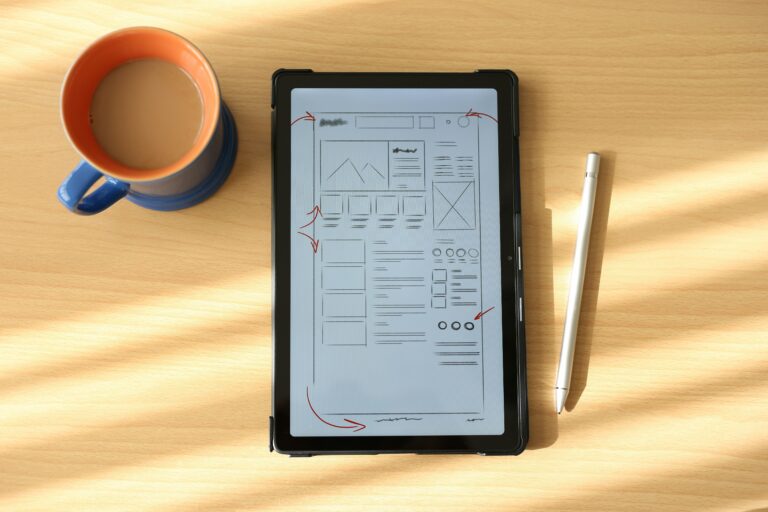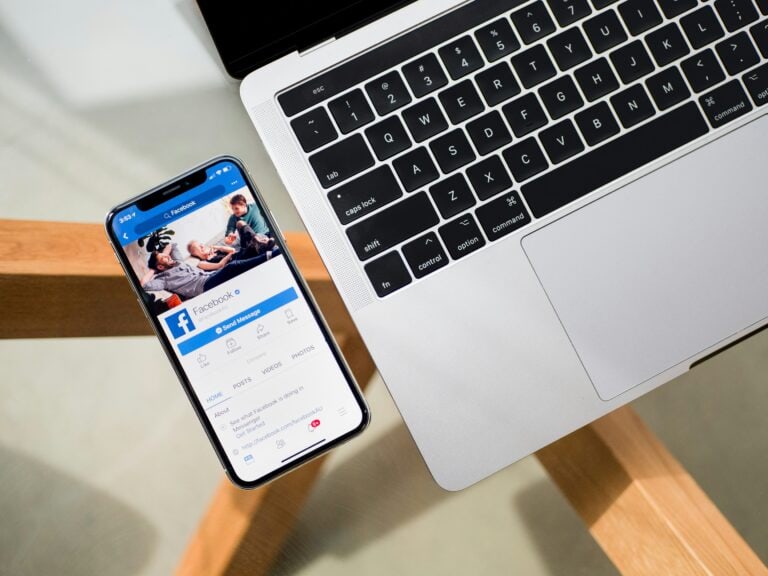The Vice President Product Design usually reports into the CEO or Chief Product Officer, depending on the business type or structure. They are directly responsible for overseeing the Product Design Director and the Head of Product Design, as well as responsible for the output and performance of the Product Design department as a whole.
Vice President Product Design roles
A Vice President Product Design role plays a critical part in shaping and executing a company’s design strategy, driving innovation, and delivering exceptional user experiences. VP’s Product Design are visionary leaders with a passion for design, a strong understanding of user-centric principles, and a track record of successfully leading design teams.
If you think this is you, check our our jobs page for the latest vacancies in this field or upload your CV to us for future consideration.
If you’re an employer looking to recruit a VP Product Design position, please see our product design and UX recruitment services page for more information about how we work.
What is a VP Product Design?
A Vice President of Product Design is a senior executive responsible for leading and overseeing the product design function.
They play a crucial role in shaping the strategic direction and vision of the company’s design initiatives. They collaborates closely with cross-functional teams, including product managers, engineers, marketers, and user researchers, to ensure that design solutions align with business objectives and user needs.
Crucially, they provide leadership and guidance to design teams, setting standards for design excellence, fostering a culture of innovation, and driving the execution of design projects from concept to delivery.
This role requires a combination of creative and strategic thinking, strong leadership abilities, and a deep understanding of best practise design principles.
Ultimately, the VP Product Design plays a pivotal role in driving the overall user experience and the success of the company’s products.
Day-to-day tasks of VP Product Design
The day-to-day tasks of a Vice President of Product Design can vary depending on the business and its specific needs but typically they include:
Strategy and vision
Develop and communicate the design strategy, vision, and goals. Continuously assess market trends, user insights, and competitive landscape to inform design decisions.
Team leadership
Provide strong leadership to the design team, including hiring, mentoring, and managing designers through one-to-one sessions. Foster a collaborative and inclusive culture, encouraging creativity, growth, and innovation within the team.
Design oversight
Review and provide feedback on design work, offering guidance to improve user experiences, visual aesthetics, and design principles.
Best practise processes
Establish and maintain design standards, guidelines, and processes to ensure consistency, efficiency, and scalability within the design team. Implement best practices, tools, and methodologies to enhance the design workflow.
Budget and resource management
Collaborate with the executive team to manage the design budget, allocate resources effectively, and prioritise design initiatives based on business needs.
Performance evaluation
Regularly assess the performance of the design team, providing feedback, setting goals, and identifying opportunities for skill development and growth. Continuously seek ways to improve design processes, tools, and methodologies.
Report to the CEO
Keep the CEO abreast of all developments within the team including any analysis and reporting to demonstrate progress to goals or impact of the design team. The VP should also contribute to the wider running of the business including management meetings and strategy sessions with other members of the board / leadership team
VP Product Design salary
In today’s market, a salary of £110,000 to £140,000 would be expected at VP Product Design level.
In addition to this businesses can offer certain perks or benefits to VP-level employees to recognise their seniority and contributions:
Equity or stock options: providing the VP potential for financial gains based on the company’s performance and growth.
Professional development support: additional resources and support to access executive coaching, leadership training programs, or opportunities to attend industry conferences and networking events.
Enhanced benefits package: including comprehensive health insurance, retirement plans, additional leave, and other perks like wellness initiatives or flexible work arrangements.
VP Product Design job description
A typical Vice President Product Design job description will read something like the below:
Reporting the Chief Product Officer, the VP of Product Design will lead a team of expert designers in creating best in class digital experiences across all of our products.
The individual who is successful in this role will need to lead a passionate team of designers across the globe to develop a thorough understanding of customer expectations and competitor activity. This role requires expertise to deliver the product design strategy as well as demonstrable team leadership experience, to lead the team to success.
The VP Product Director will work underneath the Chief Product Officer to:
- Inspire and coach the product design team to deliver best practise product design
- Create a user centric department
- Be able to problem solve and provide insights to help with resolution
- Lead the product design team to success against KPIs and objectives
- Manage cross functional relationships to ensure all designs are consistent and market leading
- Facilitate user research programmes utilising new and relevant tools, providing data and insights for design optimisation
- Build a consistent and compelling user journey across our brands product portfolio to maximise consumer metrics (conversion and retention)
To be successful in this Vice President Product Design role, you will:
- Have 15+ years’ experience leading a product design team in a diverse design environment
- You are passionate about creating human-centric design that meets the customers needs and wants
- You possess a diverse skill set, able to communicate and influence stakeholders in all functions and levels
Product Design interview questions
Read our guide to the top 50+ Product Design interview questions, often asked by employers at interview.
VP Product Design career path
Here is a general outline of the typical career progression that can lead to a VP Product Design role:
Junior/Entry-Level Designer: At this stage, individuals gain foundational skills in design principles, user experience, and various design tools. They work under the guidance of senior designers and contribute to design projects.
UX Designer: After gaining a few years of experience, designers progress to mid-level positions. They take on more complex design challenges, work on larger projects, and may start to specialise in specific areas such as interaction design, visual design, or user research.
UX Lead: As designers continue to advance in their careers, they can become senior designers or design leads. At this level, they take on more responsibility, lead design projects, mentor junior designers, and play a crucial role in shaping the overall design direction and strategy within their teams.
Product Design Manager: The next step is typically transitioning into a design management role. Design managers are responsible for leading and managing a team of designers. They focus not only on their individual design work but also on providing guidance, setting priorities, and ensuring the team’s success.
Product Design Director: With additional experience and demonstrated leadership skills, designers may progress to the role of Director of Product Design. In this role, they oversee the design function across multiple teams or product lines, align design strategies with business objectives, and collaborate with executives and stakeholders to drive design excellence.
What are the signs of a good VP Product Design role?
When considering a Vice President of Product Design role, there are several signs that indicate it could be a good opportunity. Here are some key indicators to look out for:
Strategic influence: offering the opportunity to have a significant impact on the strategic direction of the company, being involved in decision-making processes that shape the overall product design and user experience strategies.
Leadership autonomy: The authority and freedom to set the design vision, establish design standards, and drive innovation.
Collaborative environment: Look for an organisation that fosters a collaborative and cross-functional work environment.
Growth opportunities: Assess if the business offers growth opportunities for both personal and professional development. This can include access to executive coaching, leadership training programs, mentorship opportunities, or the chance to work on challenging and high-impact projects that push your skills and expertise.
Resources and support: Does the role have the necessary resources, budget, and support to build and lead a successful design team. This includes access to modern design tools, user research resources, and collaboration platforms.
Remember, it’s essential to thoroughly evaluate each potential opportunity based on your own career goals, values, and aspirations to determine if the VP Product Design role is the right fit for you.
Vice President Product Design FAQs
- What is the salary of a Vice President Product Design
- A Vice President of Product Design could expect a salary between £110,000 and £140,000. A further benefits package including equity may also be offered, depending on the business size, its sector and growth plans.
- What is a VP in design?
- Reporting to the Chief Product Officer, the VP of Product Design will lead a team of expert designers in creating best in class digital experiences across all of our products. A VP of Product Design's main objective is to build a consistent and compelling user journey across a brands product portfolio to maximise consumer metrics, including conversion and retention.



